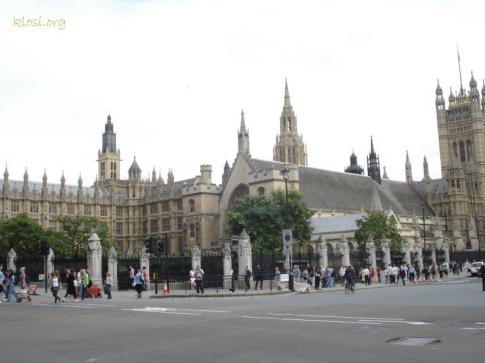Latest News
U.K. Unemployment Hits 17-Year High

The jobless total rose 128,000 in the three months to October to 2.64 million, the highest level since the third quarter of 1994, the Office for National Statistics said Wednesday. The jobless rate rose to 8.3%, its highest level since the three months to January 1996.
By NICHOLAS WINNING And JASON DOUGLAS
LONDON—The number of unemployed Britons has soared to the highest level for 17 years, increasing pressure on Prime Minister David Cameron to do more to fuel growth and raising fresh questions about the wisdom of his government's fierce austerity drive.
The jobless total rose 128,000 in the three months to October to 2.64 million, the highest level since the third quarter of 1994, the Office for National Statistics said Wednesday. The jobless rate rose to 8.3%, its highest level since the three months to January 1996.
Mr. Cameron's coalition government hoped the private sector would offset the hundreds of thousands of job cuts it is making in the public sector as part of its £111 billion ($171.83 billion) austerity program to reduce the size of the budget deficit, but the economy is being hit hard by the crisis in the euro zone—a key export market.
The number of people employed in the public sector fell by 67,000 in the August to October period to 5.99 million, the lowest level since September 2003, but the number employed in the private sector rose by only 5,000, the ONS said.
Mr. Cameron said the government would try to help people back into work through training and apprenticeship programs, with particular focus on young people. He defended the government's economic policy, saying the plan to cut the deficit was vital to keep borrowing costs down.
"The reason that unemployment is going up is because we're losing jobs in the public sector and we're not growing fast enough in the private sector, so we need to do everything we can to get the economy moving. The absolute key to that is keeping our interest rates low," he told lawmakers in Parliament.
Some economists noted that there had been a smaller-than-expected rise of 3,000 in the number of people claiming Jobseeker's Allowance unemployment benefit in November—the narrower but most up-to-date measure of joblessness. However, the data showed the total number of claimants hit its highest level for almost two years.
The data also showed unemployment among women has hit the highest level since the three months to January 1988 as they suffer disproportionately from the public sector job cuts. The young are also being hit hard by the downturn, with the unemployment level and rate among 16-24-year-olds the highest since comparable records began in 1992.
"We see unemployment continuing to rise in the months ahead with the prospect of 3 million unemployed looking more and more likely given lead indicators are pointing to a growing threat of recession," said James Knightley, an economist at ING Bank NV.
The data support the bleaker growth outlook outlined at the end of last month by the Office for Budget Responsibility, the body that provides the government with economic analysis. It said the economy would slow more than previously expected in the coming years and that unemployment would hit 8.7% in 2012.
The ONS figures showed that the weakness of the economy is keeping a lid on salary increases, a sign the Bank of England has plenty of room to maintain its ultra-loose monetary policy. But with wages rising at less than half the rate of inflation, the likelihood of a quick recovery in consumer confidence remains remote.
—Alex Brittain in London contributed to this article. wjs
Rate this article




 del.icio.us
del.icio.us Digg
Digg

Post your comment